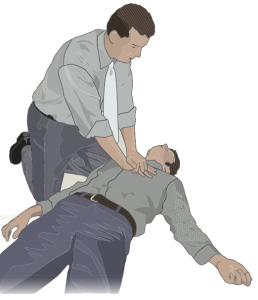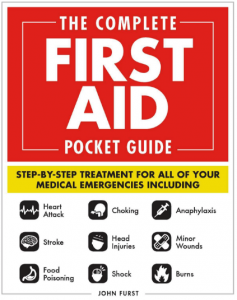Breaking ribs during CPR: should you be worried?
Card io-pulmonary resuscitation (CPR) involves delivering chest compressions to a patient who is in cardiac arrest (their heart has stopped beating).
io-pulmonary resuscitation (CPR) involves delivering chest compressions to a patient who is in cardiac arrest (their heart has stopped beating).
Chest compressions work to keep the brain and body supplied with oxygen by squeezing the heart and forcing blood around the body.
In order to be effective, chest compressions should be deep and fast. The depth should be around 5 – 6cm and the rate should be at least 100 chest compressions a minute (up to a maximum of 120).
There is a risk of breaking ribs during CPR, this is due to the sheer force used to compress the chest. In some cases you may feel ribs break during CPR.
If this happens do not stop CPR!
It is normal to cause rib fractures during CPR. Check that your hands are in the right position (center of the chest) and continue with chest compressions.
You are unlikely to cause serious injuries…plus, if a patient is in cardiac arrest they will die without CPR being performed. The broken ribs will be the least of their worries then!
You can test your knowledge of CPR by having a go at one of our free CPR practice tests.




